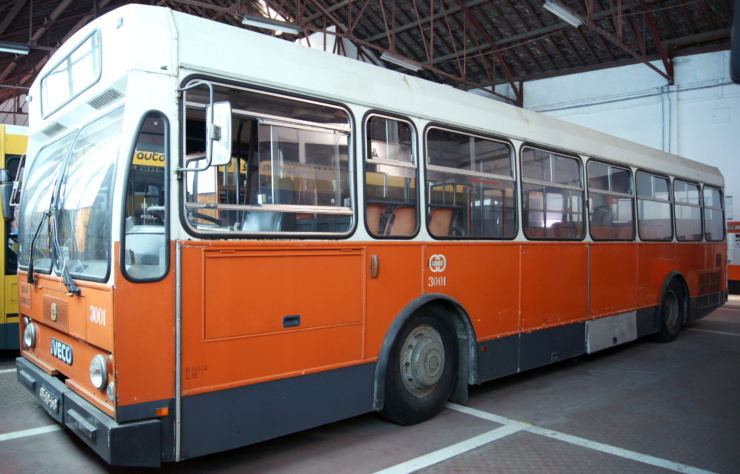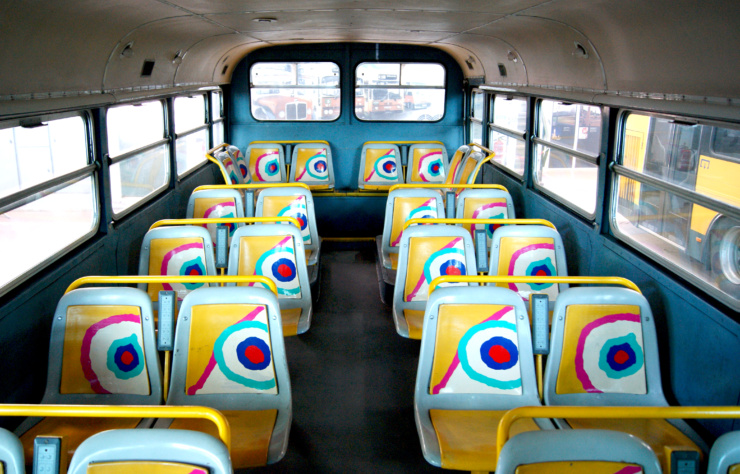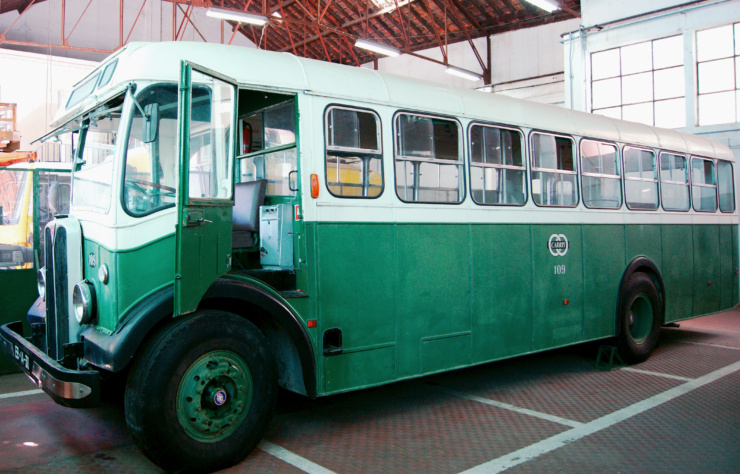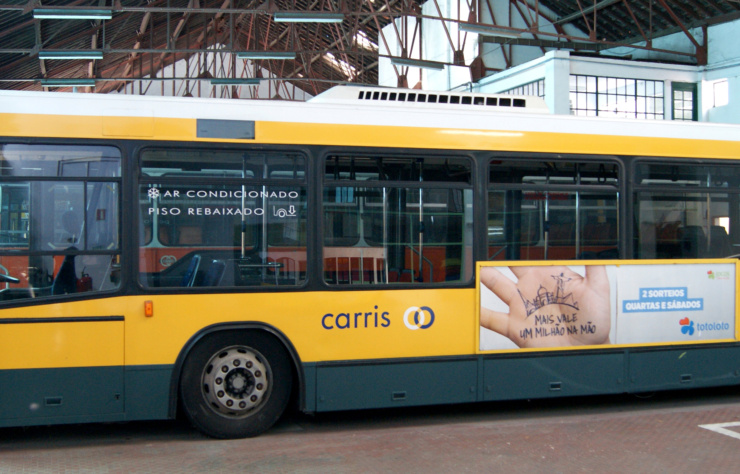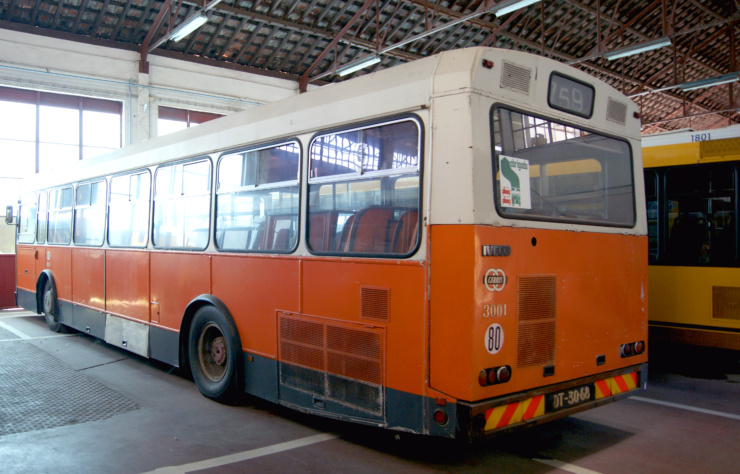The Museum has three exhibition spaces
Each space is dedicated to a topic
Space I
History
Space II
Collection
Space III
Restoration
Space I
HISTORYThe first space presents the historical evolution of Carris and Metropolitano de Lisboa (Lisbon Subway) through documents and small objects. Allowing the visitor to travel back in time, the exhibition begins with five rooms arranged chronologically, starting with the company’s formation and animal traction, followed by the advent of lifts and the adoption of electric traction and ending with the path followed by Carris and Metropolitano along the 20th century and beginning of the 21st century. This center also includes the reconstruction of an administrative and health area and, finally, a room dedicated to the Music Band of Carris’ Employees.
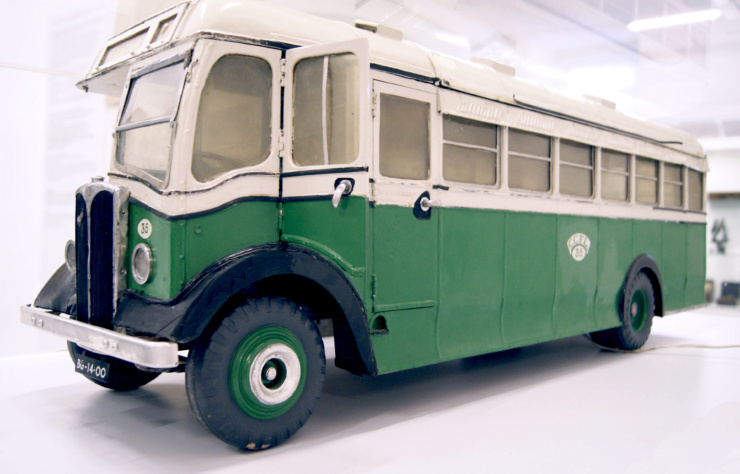
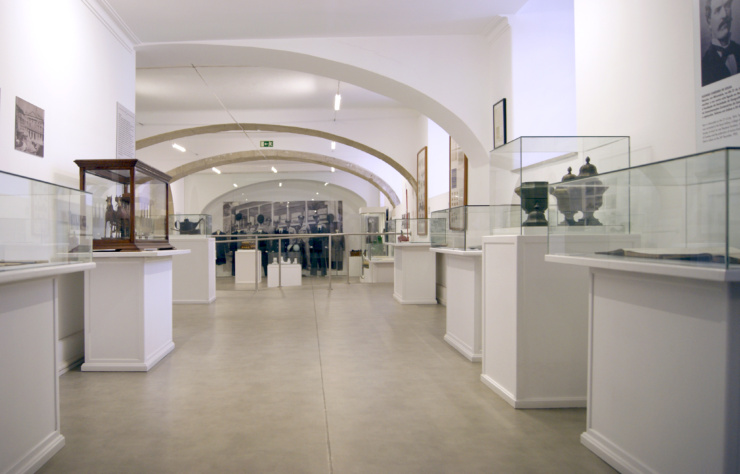
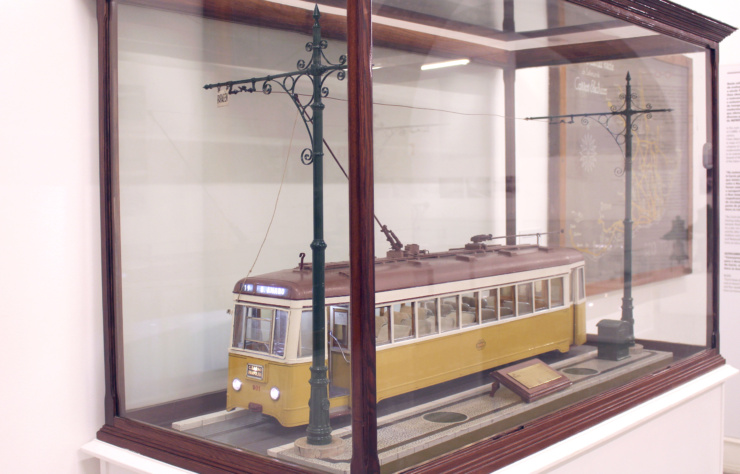
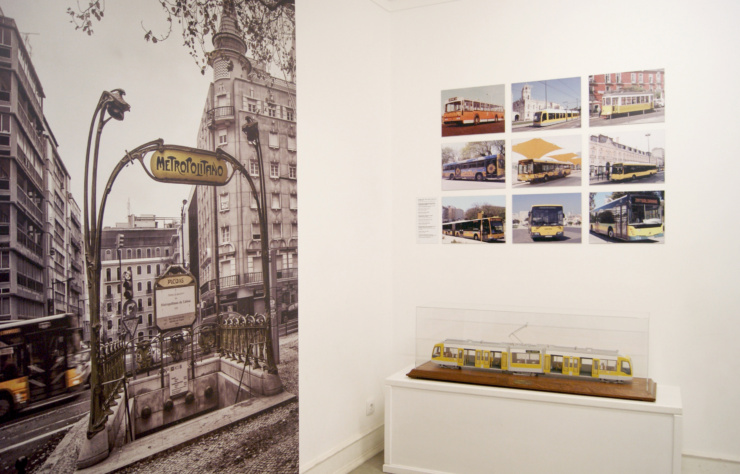
In the first room, dedicated to the founding of CARRIS and animal traction, numerous historical documents and books can be seen. We highlight the photographs and the short biographies of the founders of CARRIS, the Cordeiro de Sousa brothers, and the photographs of the first “Americans” to circulate in Lisbon.
In the second room, dedicated to the Lavra, Glória and Bica Funiculars, and the Santa Justa Lift, the miniature lift, model designed and built in 1892, is of particular interest. Also noteworthy are articles published in the press at the time describing the inauguration of the various funiculars and lifts.
The third room, dedicated to the electrification of Carris’ transport network, exhibits various historical documents and several pieces relating to the network modernization work, planned at the end of the 19th century and carried out in the first years of the 20th century. This entire collection illustrates Carris’ innovative spirit and entrepreneurial ingenuity, which was fundamental to the evolution of public transport up to this day.
The fourth room displays numerous objects and documents representative of the evolution of Carris, its vehicles and its network throughout the 20th century and the beginning of the 21st century. A careful observation of the various types of articles, from uniforms and working instruments of the time to the maps of the tram and bus networks, allows us to appreciate the evolution of this public transport company and to understand that, although a century old, CARRIS is committed to be at the frontline of modernization and to constantly offer its clients high-quality and effective services. Several pieces that portray the foundation and development of Metropolitano de Lisboa (Lisbon Subway) are also on display in this room.
The fifth room is dedicated to Music Band of Carris’ Employees. This collection exhibits a set of instruments that were used by the Band during the 20th century, which together with other articles intend to show the general public some aspects of their daily activities.
As an essential part of the company’s operation, the environment of the administrative area is recreated here, with pieces of furniture and office equipment originated in the first half of the 20th century.
Recreation of a medical post from the mid-20th century, with the utensils used in the Medical Post of Santo Amaro Station.
In this room you will be able to observe the instruments and a chronology of the Music Band of Carris’ Employees, founded in 1929. It consists of the Music Band itself, the Music School, the Choir Group and the Light Orchestral.
Museum’s Tram
TRAMS 1 AND 2The drive between the different centers of the Museum is done in a 1901 tram that was remodeled in the 1960s and decorated by Pedro Leitão.
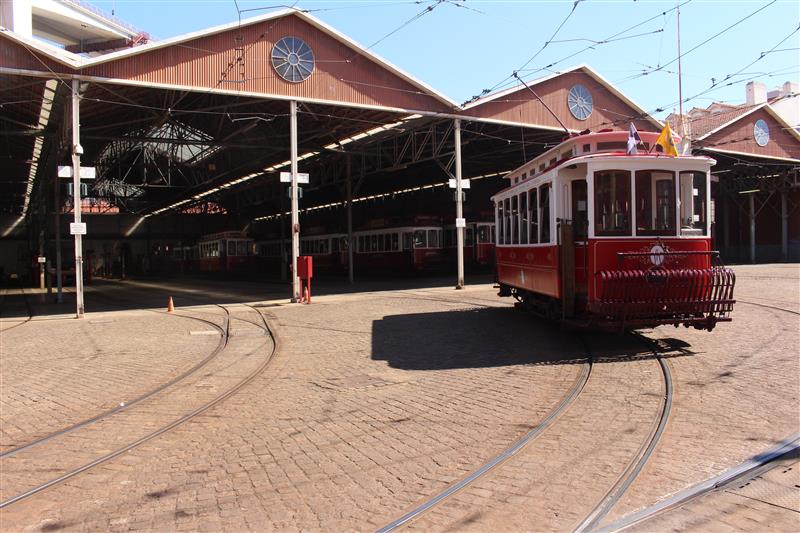
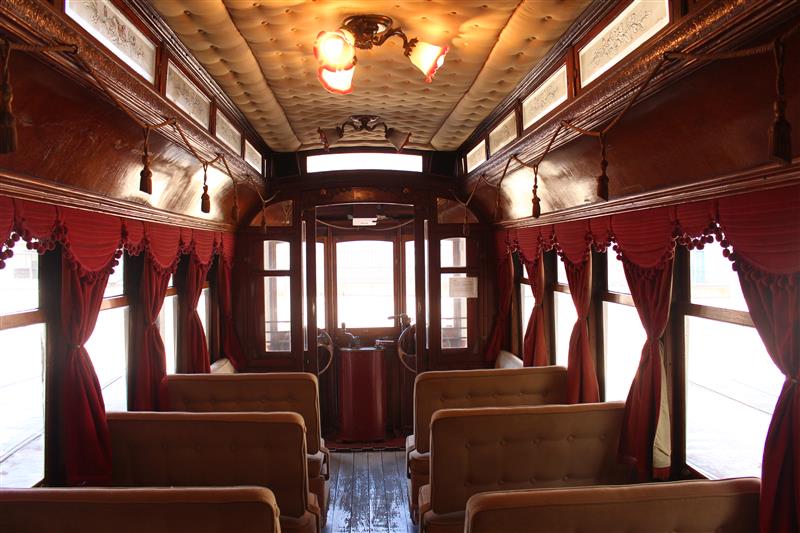
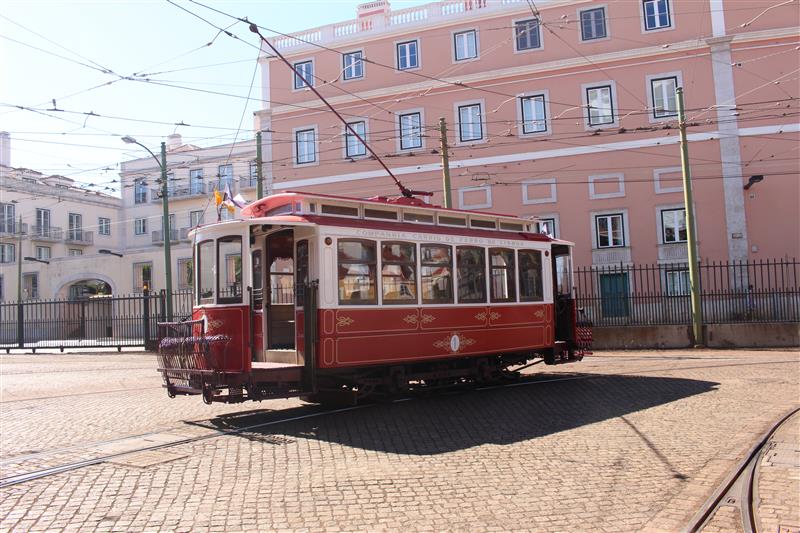
Space II
COLLECTIONThe second space is located in deactivated workshop halls, covering an area of about 2000 m2. The visitor will find here transport vehicles, workshop machines, an area devoted to the old Generator, a Typography Workshop, as well as an area dedicated to art in the Metropolitano de Lisboa (Lisbon Subway).
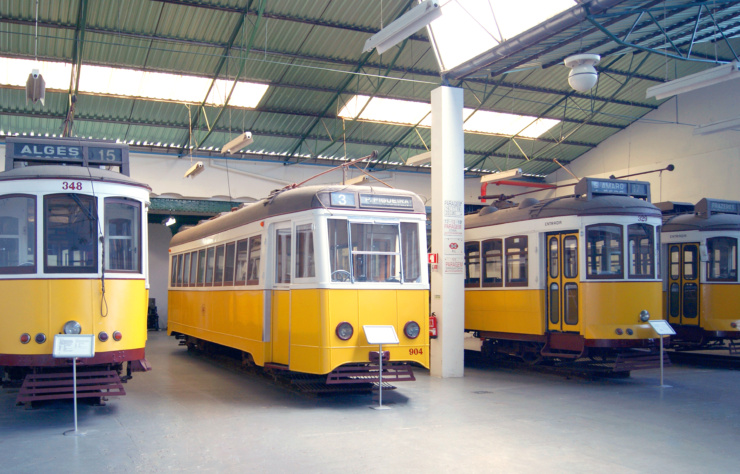
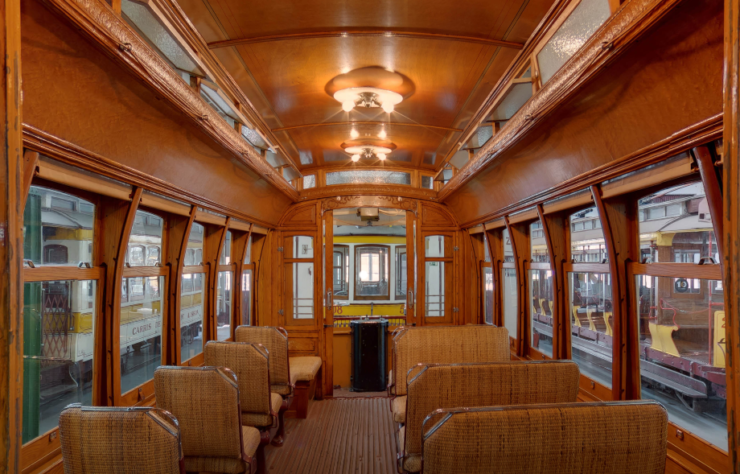
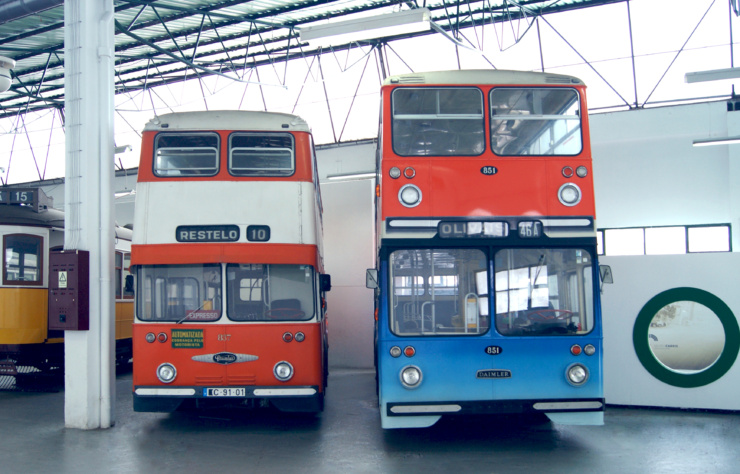
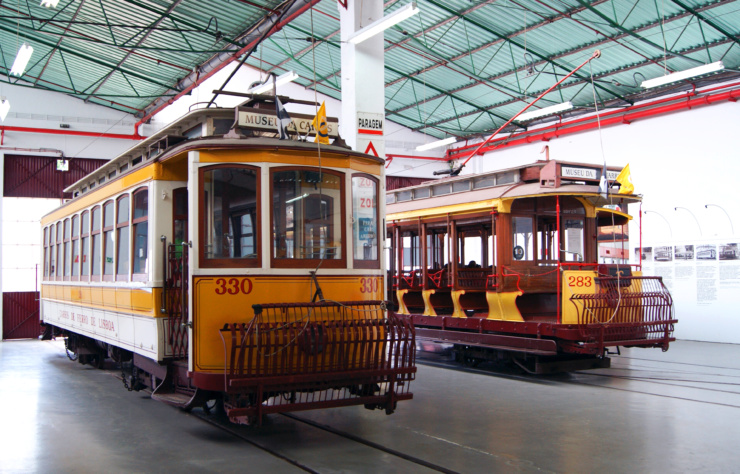
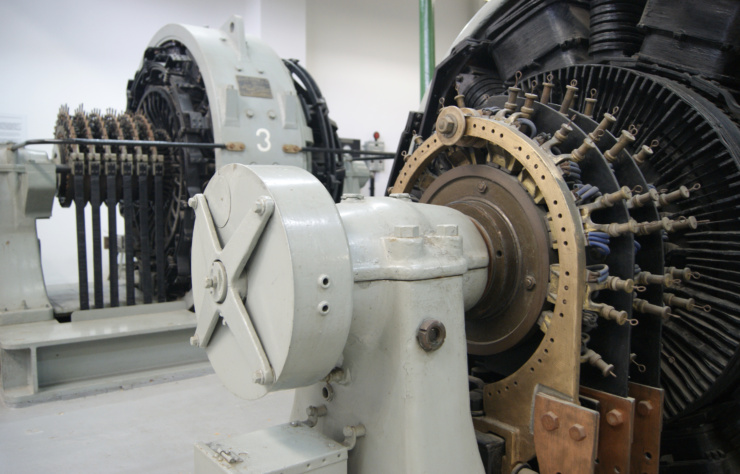
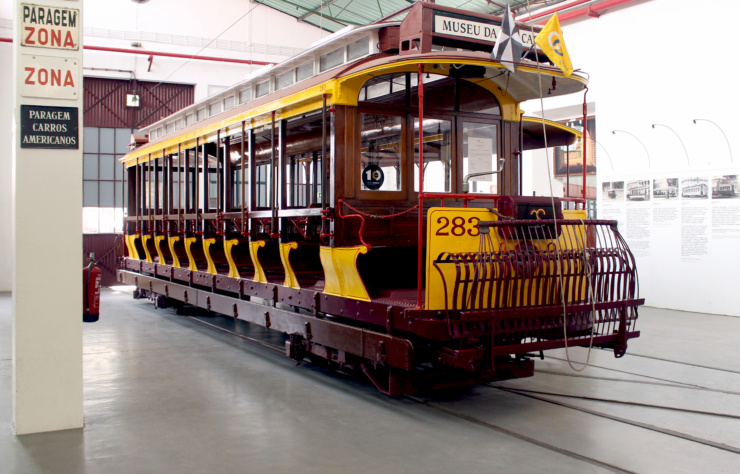

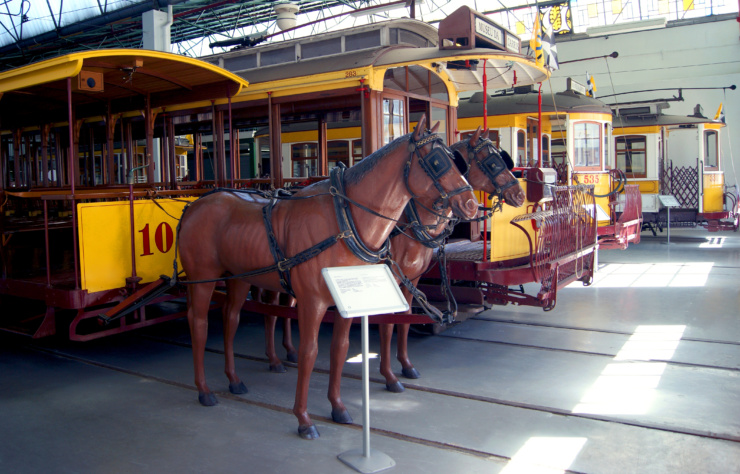
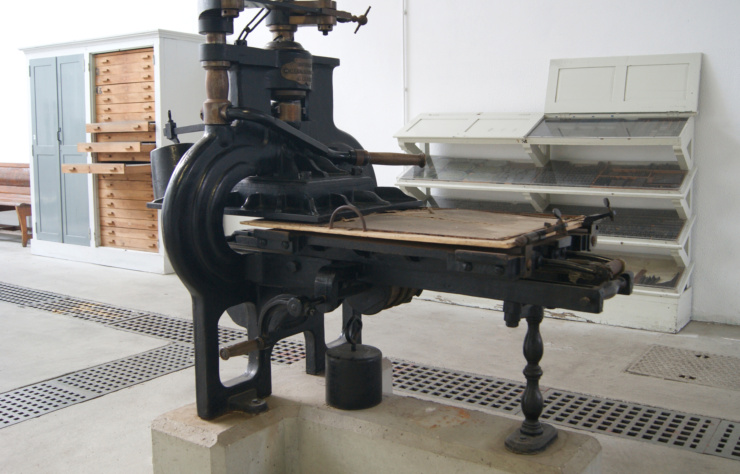
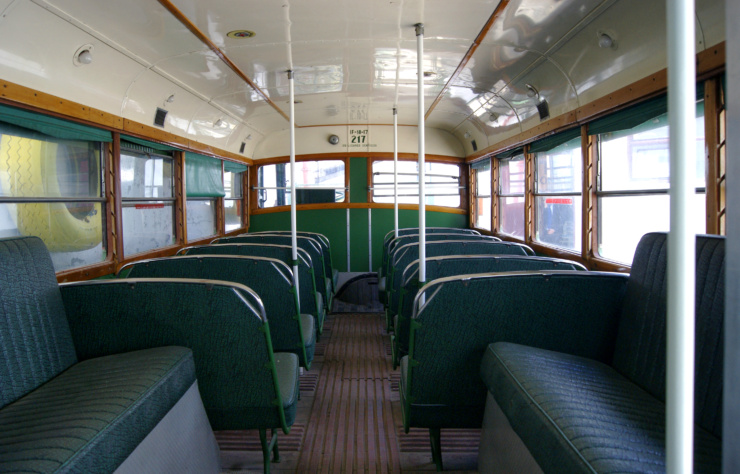
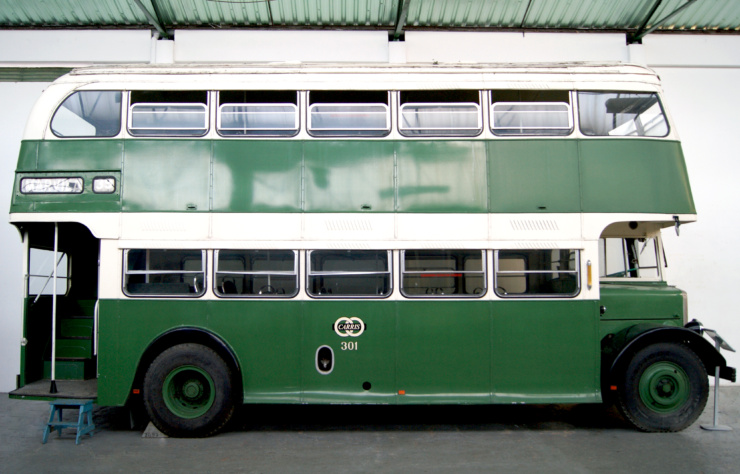
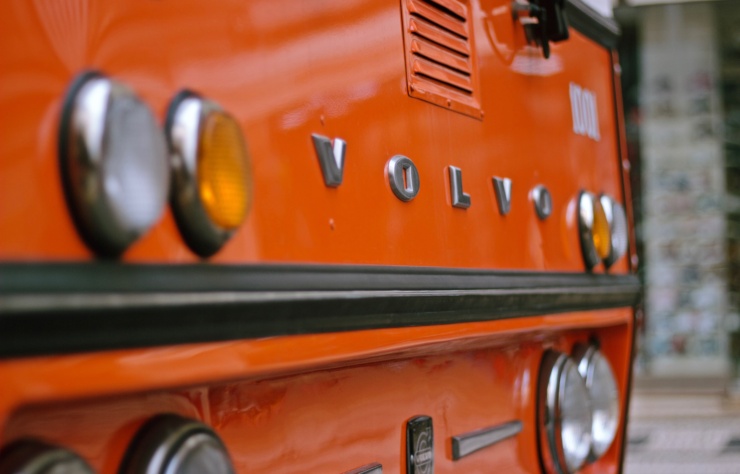
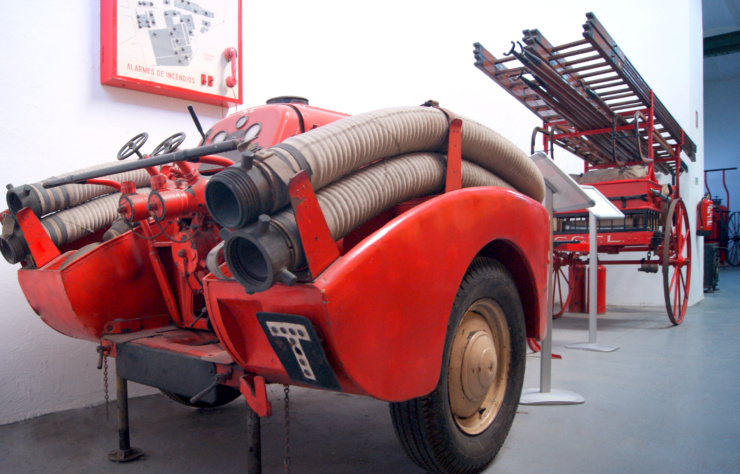
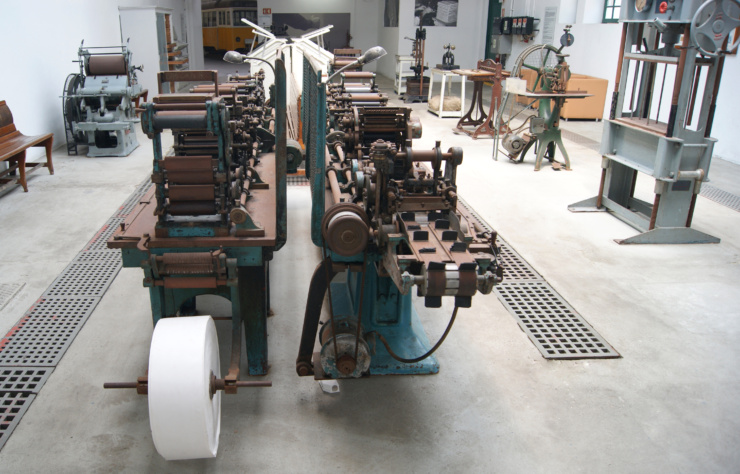
The first hall exhibition is focused on the vehicles used from the period of animal traction to the end of the 1940s. The cars retain their original appearance. Part of this area is also dedicated to art in the Metropolitano de Lisboa (Lisbon Subway).
The second hall displays vehicles from the second half of the 20th century, including buses. Here, the cars are just as they were when left service. All vehicles on exhibition in this Museum Center are able to leave the exhibition and travel the streets again.
The printing works were set up in 1878 with the aim of printing tickets, which should not only be more economical but also enable a more effective fight against the falsification of transport tickets. The original engravings and matrices were manufactured in the stamp shops of “Casa da Moeda”.
In this area, a partial reconstitution of the panels of the old Arco do Cego substation and other smaller machinery were partially reconstructed. We highlight the Rotary Converters, rotating machines designed to convert alternating current to direct current.
Space III
RESTORATIONSpace III of Museu da Carris presents to the public some work vehicles and passenger transport vehicles that are part of its reserves, and which are waiting restoration. These vehicles are representative of various periods that marked the History of the Company and, as such, are worth being preserved and shown to the public. This center also exhibits some pieces from Metropolitano de Lisboa (Lisbon Subway), such as an underground car profile, ticket vending machines and obliterators.
